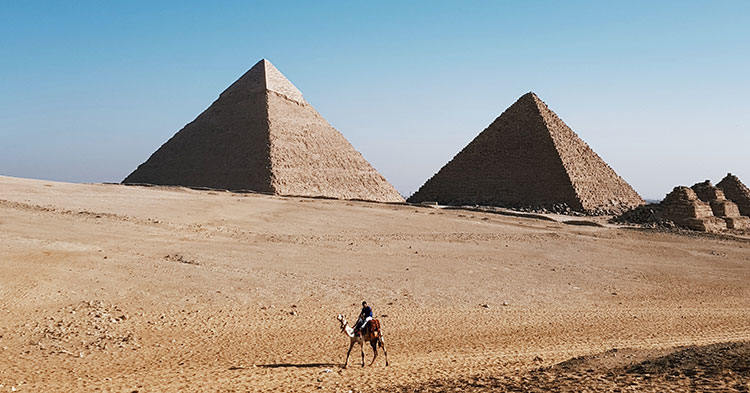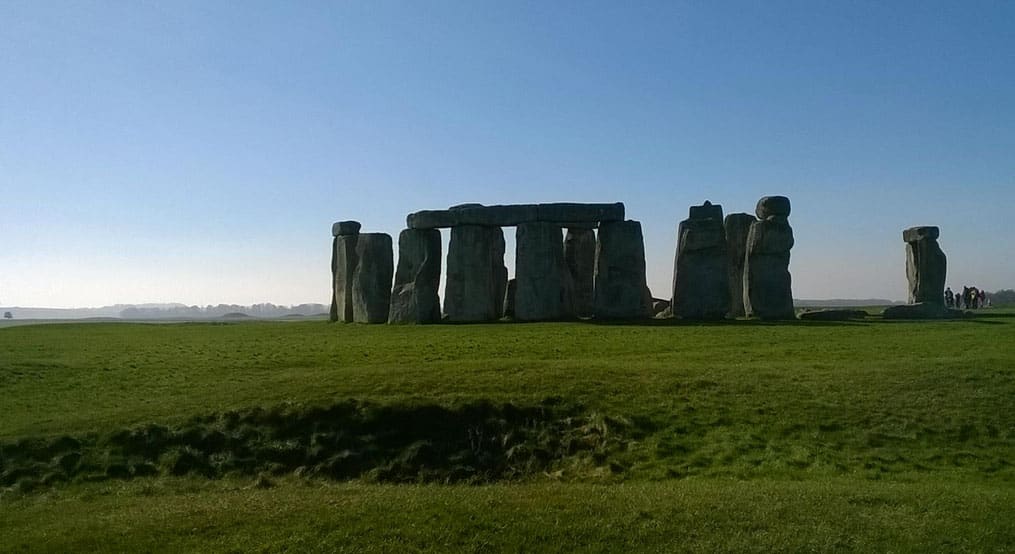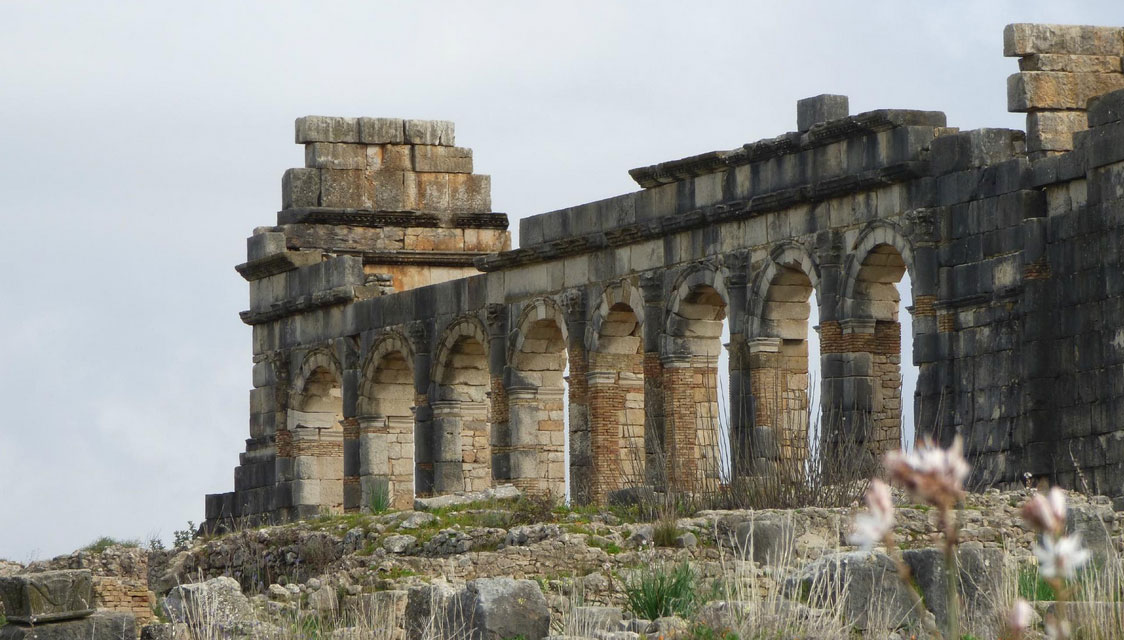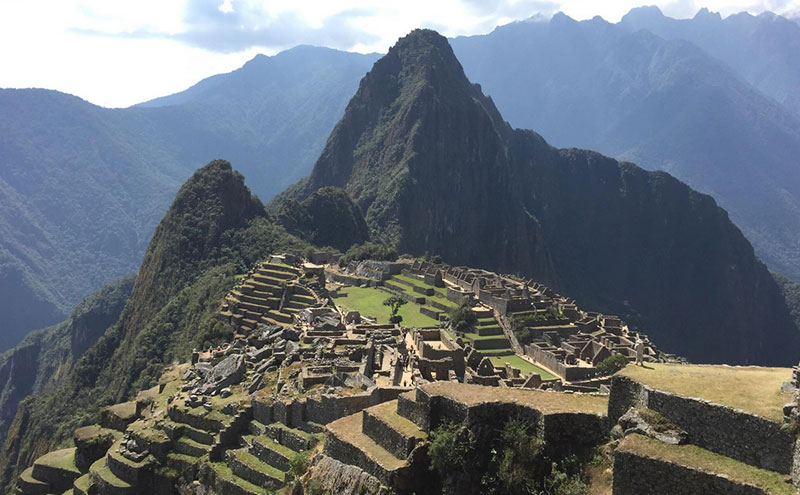These Are The Top 5 Historical Places To Travel To
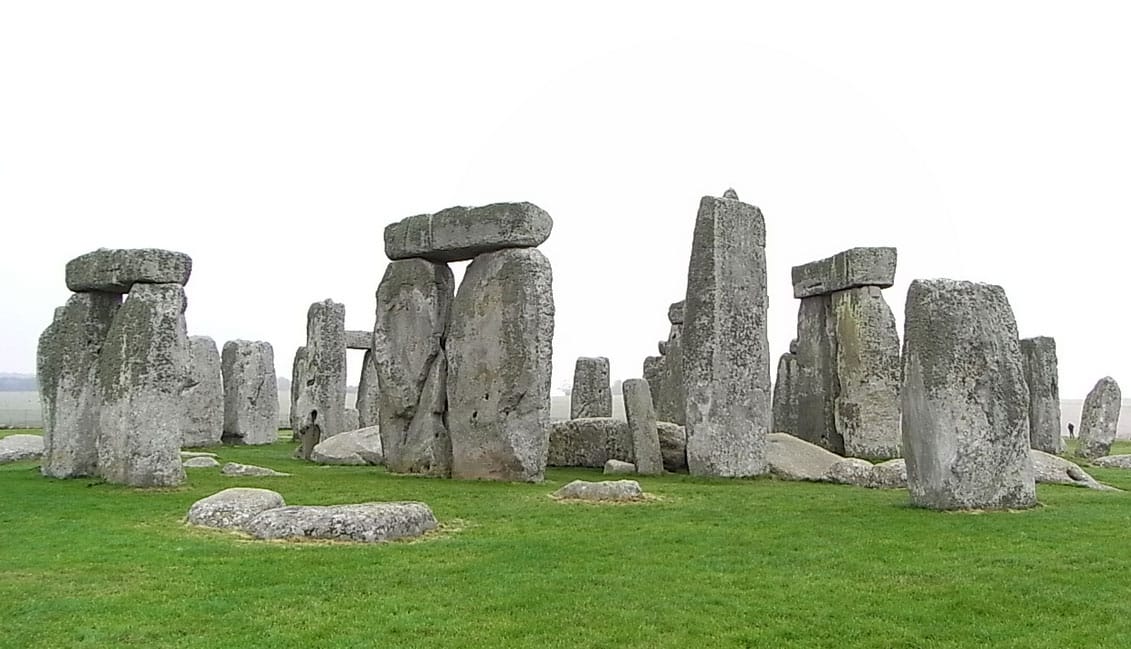
The world is loaded up with amazing historical destinations! Over a huge number of long periods of mankind’s history, we’ve created some really astounding things, regardless of the fact that, unfortunately, not every last bit of it has lasted until today.
With numerous stunning and extraordinary authentic destinations worked by old civic establishments, it’s difficult to pick the best one out of the countless wonders humans have constructed throughout the history of time, so we’ve come up with top 5!
The Great Pyramids of Gizzas, Egypt.
The Great Pyramids of Giza are more than 3,000 years of age, and we still don’t have a smart thought with respect to how they were constructed, or how the Egyptians made them so precisely. The three pyramids adjust to the stars and the solstices and contain huge amounts of rooms that still haven’t been opened, and can’t be opened too. The biggest one, called the Great Pyramid, was worked by the Pharaoh Khufu and has restricted access to it. The Pyramids are genuinely a wonder of human building that was fit for kings. You will also find the Sphinx nearby, which is another historical site which is surrounded with mysteries and conspiracy theories.
Petra, Jordan.
Carved into a gully in Arabah in Jordan, Petra was made renowned by the third Indiana Jones film, when he went to locate the Holy Grail. The site was discovered in 1812 by a Swiss pilgrim who pursued some nearby tribesmen there; before that, it had been neglected by the Western world. In spite of the fact that its founding is not known, it shows up that this spot had pilgrims as early as the sixth century BC. Under Roman standard, the site declined quickly and was relinquished by the late fourth century. In 1985, Petra turned into an UNESCO World Heritage Site and then named one of the New Seven Wonders of the World.
Stoneheng, England, United Kingdom.
Situated close to Salisbury, this megalithic structure is more than 3,000 years of age, and its stones come right from Wales. Researchers still don’t know how the builders of this structure got the stones there and have endeavoured to imitate the feat, with disappointing outcomes. Besides, we just have a dubious idea of its purpose. Stonehenge is currently fenced off, and you can no longer go into the circle; guests can just stroll around the attraction. Nevertheless, Stonehenge is worth visiting for the mystery that surrounds it.
Volubili, Morocco.
A leading trading hub and the southernmost settlement amid Roman times, Volubilis in Morocco is a standout amongst the best preserved ruins of its sort on the planet. It looks as if it’s vacant of travellers, not built up, and open in a way that it truly gives you a chance to get very close and see the structures without being behind ten feet of fences and bumped by crowds. The majority of the city is still unexcavated, so the site has an exceptionally crude feel to it. It’s a beautiful day trip away from the crowds.
Machu Picch, Peru.
Situated in southern Peru, this ruined city lies over a mountain that is just open via train or a four-day trek. Rediscovered by Hiram Bingham in 1911, it used to be an important social and cultural centre for the Inca civilization, but it was abandoned when the Spanish invaded the place. It is popularly called as the “Lost City of the Incas”; however, that is actually Vilcabamba. The area was made a UNESCO World Heritage site in 1983, and it was named one of the New Seven Wonders of the World in 2007. Concerns over growing quantities of travellers have led to limitations on what number of tourists that can enter the site. Hopefully, they will limit it significantly more so this site can be preserved for a long time!
The aforementioned 5 historical places are most loved and every traveller who is a history buff should attempt to visit them, sooner or later. The story these ruins recount is a piece of humankind’s story. They surmise a profound comprehension of our history, power, shared traits, and shared encounters. They demonstrate to us how we’ve created as an animal groups. Try not to miss them!
Have you read?
1. Celebrate Gay Pride By Visiting These LGBTQ-Friendly Destinations!.
2. Wardrobe Essentials: Items You Need To Have In Your Closet This Year.
3. A Checklist On What To Pack Before A Trip.
4. Things To Keep In Mind While Scouting For Locations For The Perfect Shoot.
5. Summer 2019 Nail Polish Trends.
Add CEOWORLD magazine to your Google News feed.
Follow CEOWORLD magazine headlines on: Google News, LinkedIn, Twitter, and Facebook.
This report/news/ranking/statistics has been prepared only for general guidance on matters of interest and does not constitute professional advice. You should not act upon the information contained in this publication without obtaining specific professional advice. No representation or warranty (express or implied) is given as to the accuracy or completeness of the information contained in this publication, and, to the extent permitted by law, CEOWORLD magazine does not accept or assume any liability, responsibility or duty of care for any consequences of you or anyone else acting, or refraining to act, in reliance on the information contained in this publication or for any decision based on it.
Copyright 2024 The CEOWORLD magazine. All rights reserved. This material (and any extract from it) must not be copied, redistributed or placed on any website, without CEOWORLD magazine' prior written consent. For media queries, please contact: info@ceoworld.biz
SUBSCRIBE NEWSLETTER



